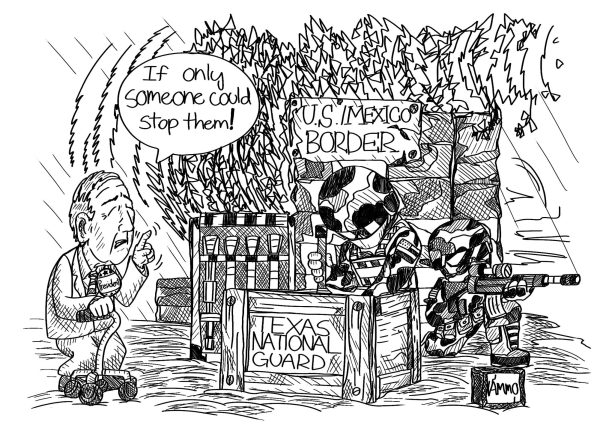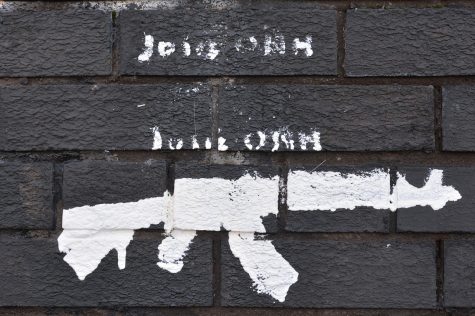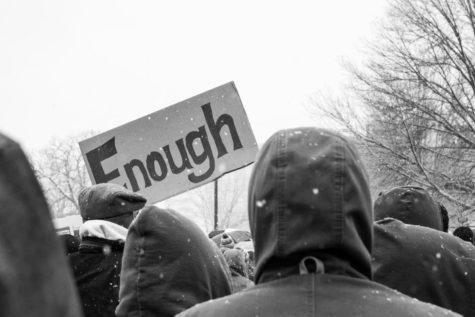Editorial: Are you prepared for the next major earthquake?
September 25, 2017
We all remember hearing about the 1989 Loma Prieta earthquake and the devastation that resulted with 63 killed and part of the Bay Bridge collapsing onto the bottom half.
A couple of other major earthquakes have happened since then in California, being Cape Mendocino (which hadn’t claimed lives or caused major damage) and Northridge which killed 61 people and caused $15 billion in damages.
Are we prepared for another earthquake though?
If a building is earthquake proof then it should be fine, right?
According to the article “Five common myths about building performance and business continuity after an earthquake in the Bay area” by Lizzie Blaisdell and Don Ballantyne, “Despite what many people believe, buildings are not designed to be earth-quake-proof; they are designed for a minimum level of earthquake resistance deemed adequate to protect life-safety in our communities.”
California has had 1,545 earthquakes with a magnitude 3 or higher just between 2010 and 2015.
While 63 or 61 doesn’t seem too astounding of a number for people who have died during a major earthquake, the 1906 San Francisco earthquake caused a minimum of 3,000 deaths.
It’s suspected that the next major earthquake will be within the next 30 years, with an emphasis on sooner rather than later.
According to the Earthquake Hazards Program, “The real threat to the San Francisco Bay region over the next 30 years comes not from a 1906-type earthquake (magnitude 7.8), but from smaller (about magnitude 7) earthquakes occurring on the Hayward fault, the Peninsula segment of the San Andreas fault or the Rodgers Creek fault.”
If the Hayward fault was to have another major earthquake it could be catastrophic to the bridge sitting on it and to the buildings around the area that are not up to code.
The last major earthquake that occurred on the Hayward fault was in Oct. 21, 1868.
According to the Earthquake Engineering Research Institute‘s 1996 study on a 7.0 magnitude level earthquake, “Trenching studies on the southern Hayward fault are very preliminary and suggest that 150 to 250 years is the average repeat time, very similar numbers to the Working Group estimate.”
Next year will be the 150 year mark. So what can you do to be better prepared?
Make a survival kit. You can find a lot of this information on survival kits on the American Red Cross’ website.
- Make sure to gas up your car (if an earthquake strikes and mobility is limited gas prices will spike).
- Keep a gallon of water per person in your car, to stay hydrated, and a survival kit.
- Keep a spare pair of shoes per person so your feet have protection if something happens to the pair you’re wearing.
- Keep a flashlight with extra batteries in case power goes out.
- Have a battery powered or crank radio to be able to listen to the news for updates.
- Keep a spare cell phone charger.
- Extra cash, preferably large bills, and an emergency blanket.
- Multi-purpose tools, first aid kit and a local map to help you figure out where to go if you don’t have access to GPS.
Make sure you’re safe and aware that an earthquake is due to happen in the Bay Area at anytime. For more information on how to react during an earthquake go to https://www.ready.gov/earthquakes.
~ Fall 2017 Editorial Board
Editor’s note: A previous version of this article didn’t mention the relevance of the central Mexico earthquake with a magnitude of 7.1 that claimed at least 343 lives.














































































